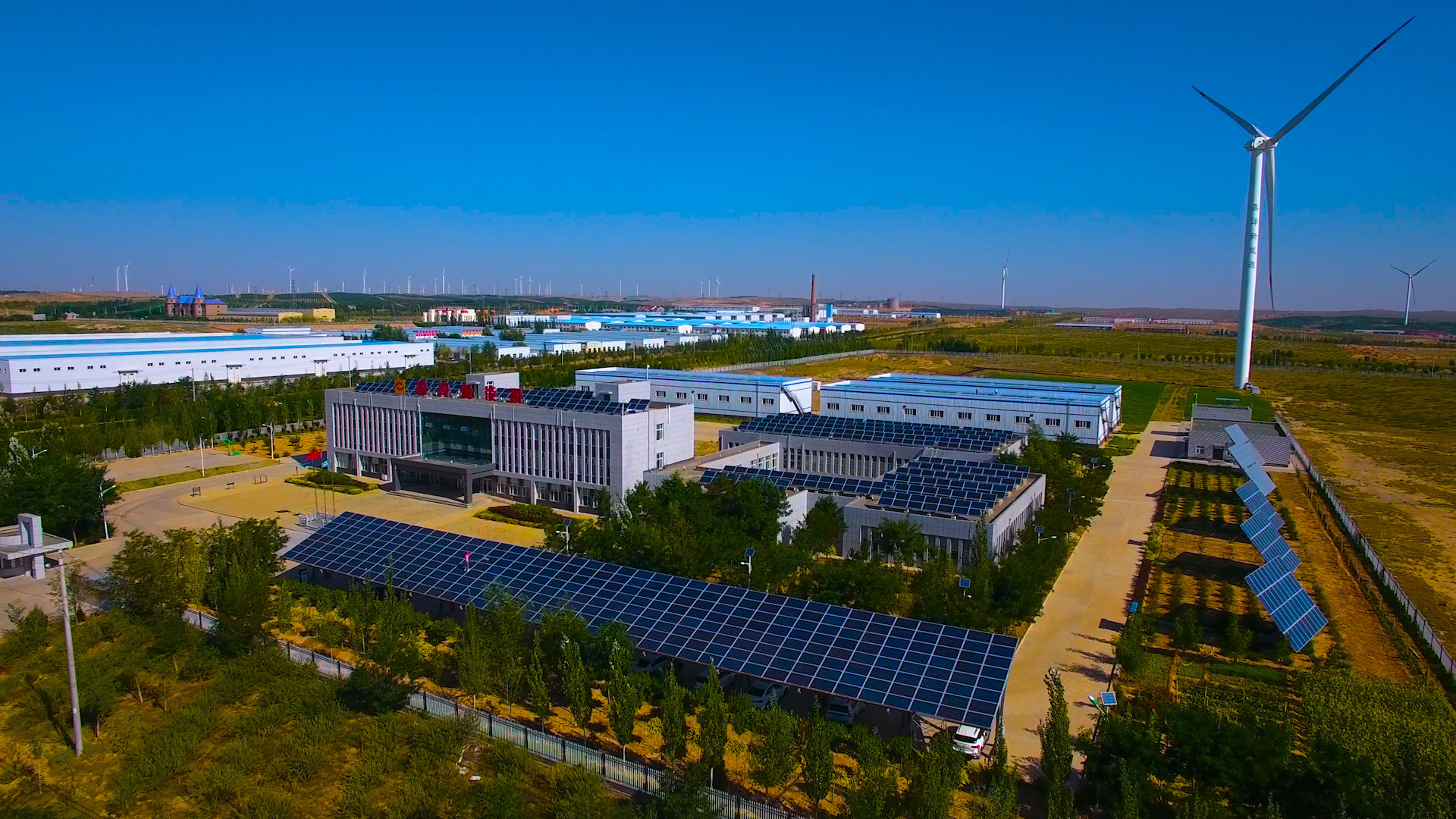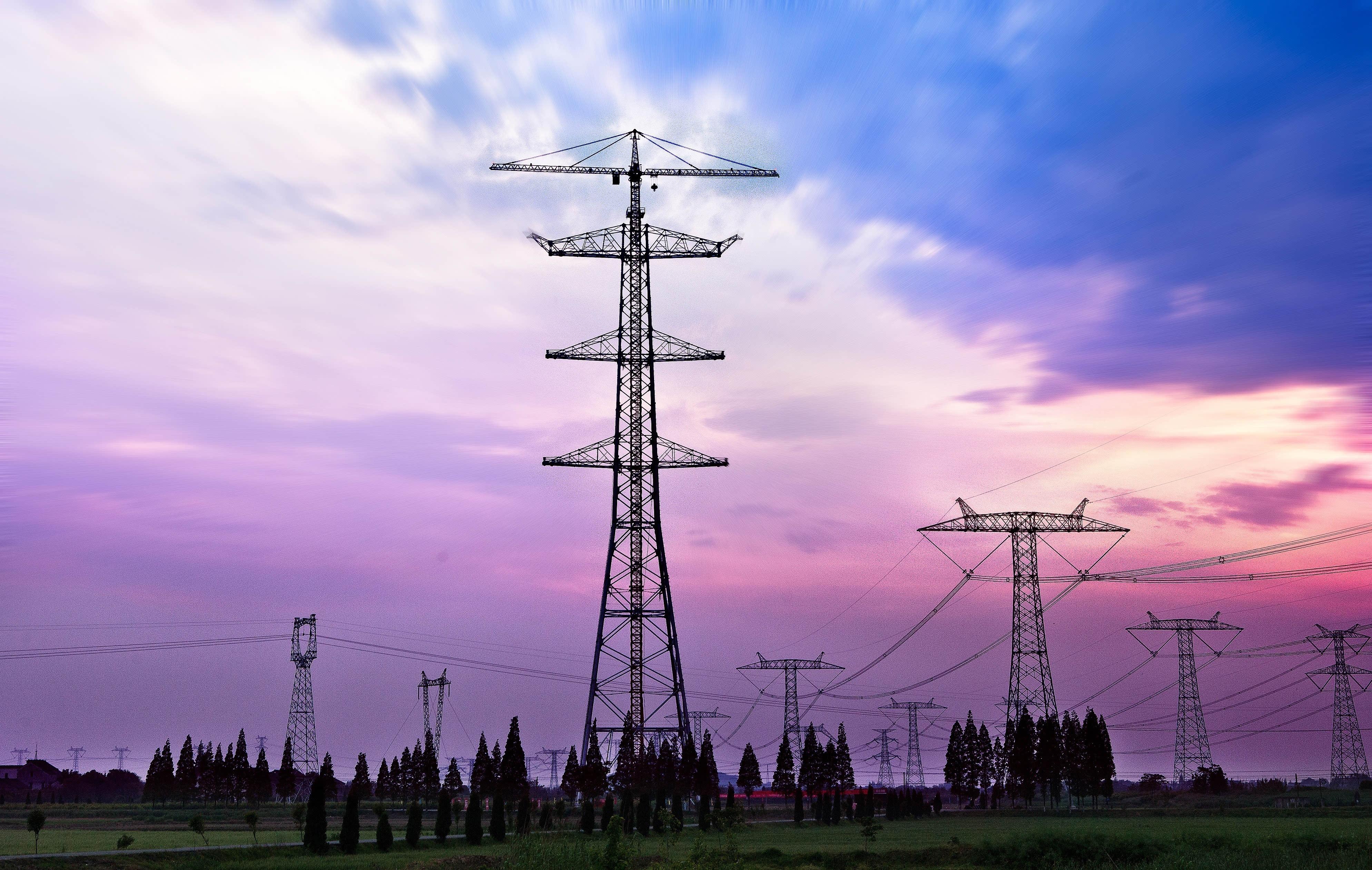
Th11 . 23, 2023 17:01 Trở lại danh sách
Công nghệ chủ chốt của lưới điện siêu nhỏ thông minh
Việc phát triển và triển khai lưới điện siêu nhỏ thông minh dựa trên một số công nghệ chính. Thứ nhất, việc sử dụng công nghệ sản xuất điện năng lượng mới và năng lượng tái tạo là cần thiết. Hiện tại, lưới điện siêu nhỏ thông minh chủ yếu dựa vào các nguồn năng lượng tái tạo khác nhau như quang điện và năng lượng gió, cũng như hydro, khí tự nhiên và khí sinh học. Những công nghệ sản xuất điện trưởng thành này cho phép cung cấp năng lượng đa dạng và bền vững.
Secondly, energy storage plays a crucial role in microgrids. It helps to balance the intermittent nature of renewable energy sources by providing peak shaving and valley filling capabilities. Several energy storage technologies are currently being used, including battery energy storage, flywheel energy storage, superconducting magnetic energy storage, and supercapacitor energy storage. While lead-acid batteries are currently the most mature energy storage technology, they face issues such as short lifespan and lead pollution. However, the marketization of graphene batteries, which offer high energy, low cost, and high-quality performance, holds great promise for the future of energy storage in smart microgrids.

Thứ ba, việc tối ưu hóa và điều phối năng lượng trong lưới điện siêu nhỏ thông minh khác với lưới điện truyền thống. Lưới điện siêu nhỏ thông minh sử dụng công nghệ điều phối tối ưu hóa bổ sung nhiều năng lượng theo chiều ngang. Điều này cho phép sử dụng hiệu quả các hệ thống quản lý năng lượng khác nhau, hiện thực hóa các đầu ra nhiệt, điện và lạnh. Ngoài ra, nó cho phép thay thế bổ sung trực tiếp giữa các nguồn cung cấp năng lượng khác nhau, chẳng hạn như ánh sáng/điện, nhiệt/lạnh, gió/điện và trao đổi năng lượng trực tiếp/AC. Việc phân phối năng lượng theo thứ bậc và có trật tự trong các liên kết nguồn-lưu trữ-tải đảm bảo hiệu quả sử dụng năng lượng tối ưu.
Lastly, smart microgrids require effective protection and control technologies. With multiple power sources and loads in operation, adjustments and control through the energy storage system or the external power grid are necessary to accommodate load changes and power supply fluctuations. The microgrid control center handles the regulation, switching, and control of these power supplies. It monitors the power parameters, switching status, power quality, and energy parameters of each new energy power generation system, energy storage system, and load. Additionally, the microgrid control center focuses on energy saving and improving power quality to enhance the overall performance of the smart microgrid.

The rapid development of smart microgrids is reshaping the traditional power grid landscape. These microgrids establish an exchange of energy with the larger power grid, serving as backups for each other. This active distribution network enhances the reliability of power supply by integrating the capabilities of distributed energy resources. Smart microgrids offer great potential in reducing energy consumption, improving power system reliability, and enhancing flexibility. As a result, microgrid technology has gained significant attention and is seen as a new direction for power system reform. The marketization process of key equipment in smart microgrids will accelerate the advancement and performance of these technologies.
Những sảm phẩm tương tự:
Bộ lưu trữ năng lượng điện hóa FlexPIus-EN-512
Sẽ bị xóa nếu vi phạm
Trang web tham khảo: https://www.sohu.com/
-
Smart Grid Management for Rural Electrification
Tin tứcJul.03,2025
-
Energy Management System Battery Storage for Renewable Integration
Tin tứcJul.03,2025
-
Energy Control Systems in Public Transportation Networks
Tin tứcJul.03,2025
-
Electrical Energy Management System for Electric Vehicle Charging
Tin tứcJul.03,2025
-
BMS Energy Retrofitting for Aging Infrastructure
Tin tứcJul.03,2025
-
Adaptive Energy Control Systems for Weather Variability
Tin tứcJul.03,2025























